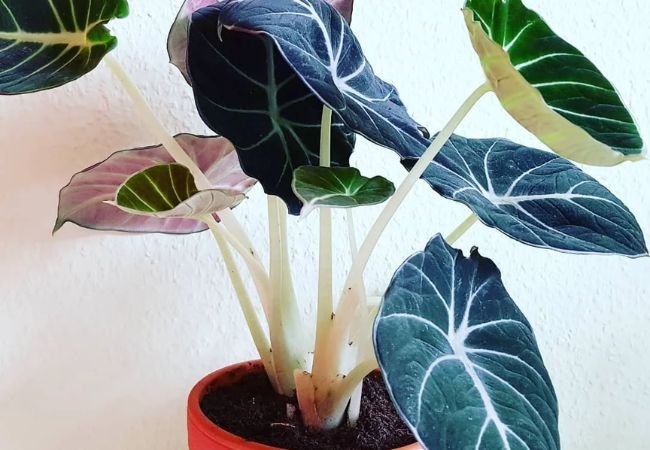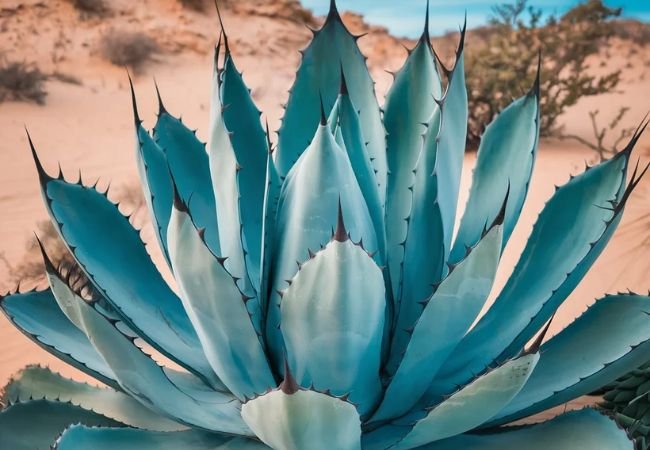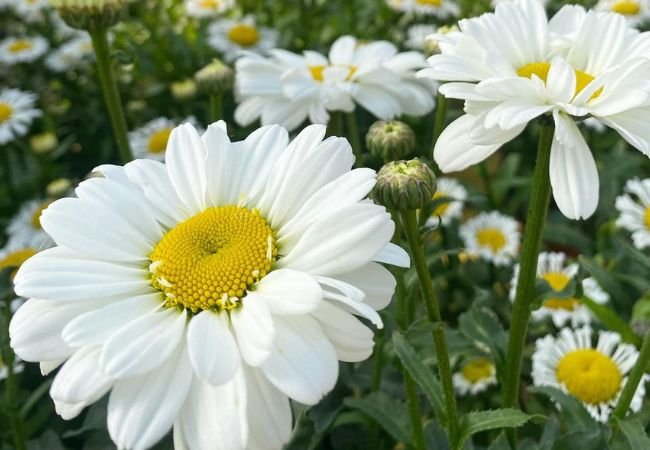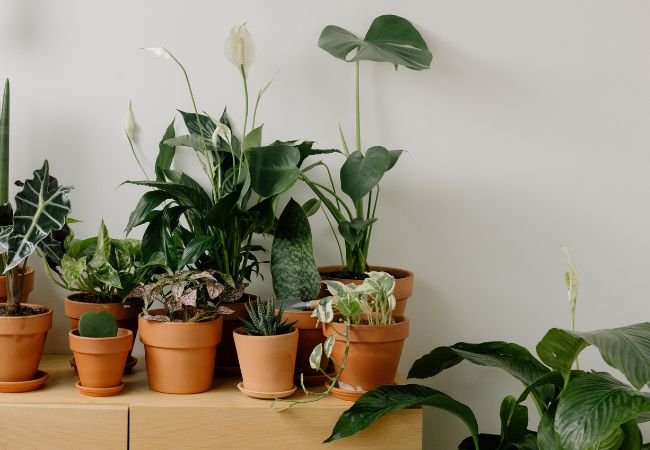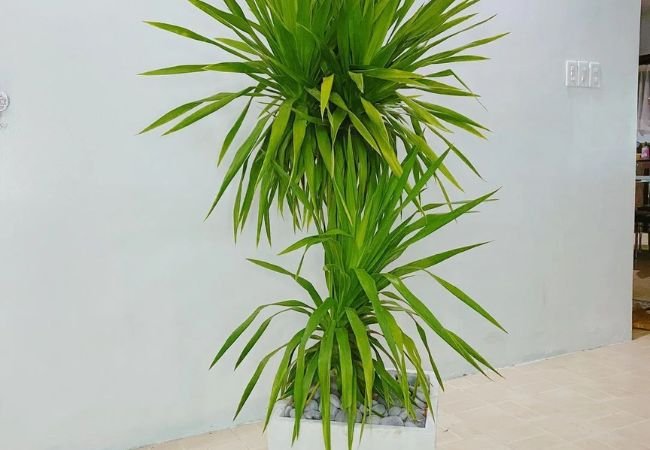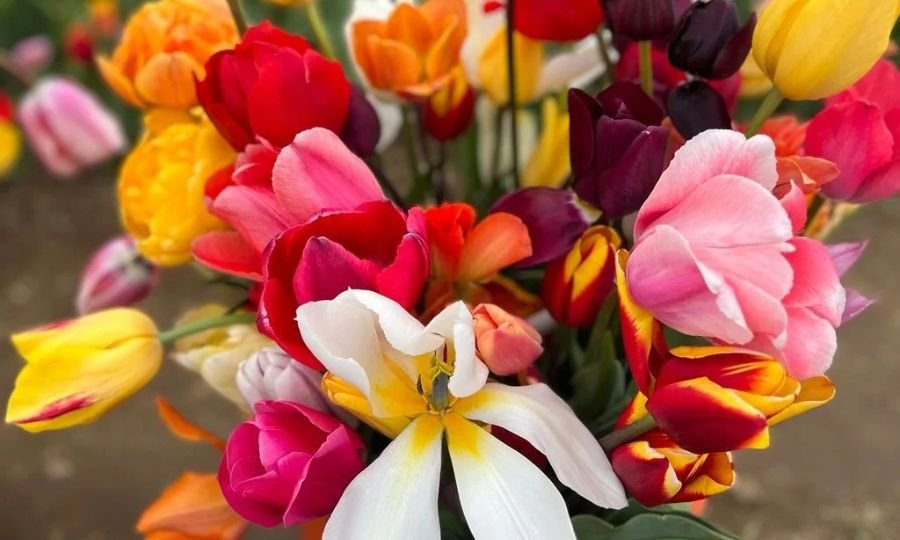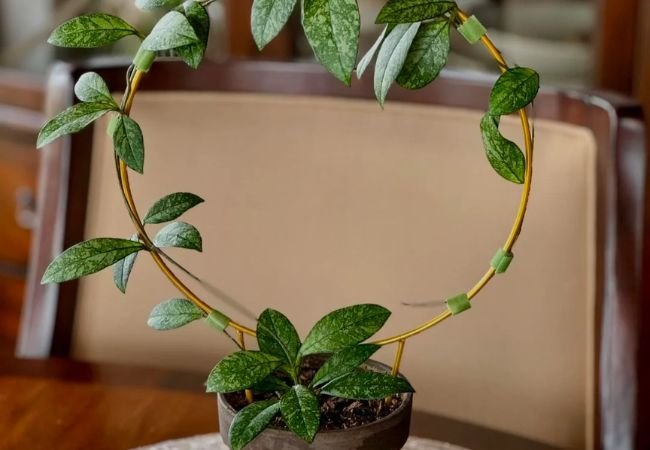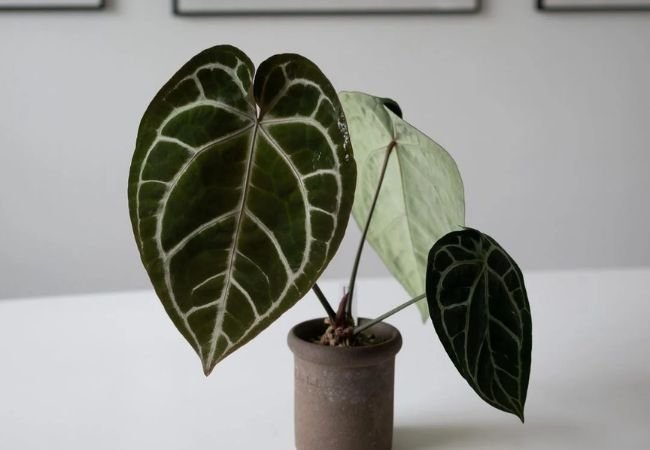Explore our comprehensive guide to growing and caring for the Dino Plant. Discover its unique features, optimal growing conditions and tips for maintaining this fascinating prehistoric plant in your home or garden.
The Dino Plant, also known as Selaginella lepidophylla or Resurrection Plant, is a fascinating prehistoric plant that’s easy to grow and care for. This guide will help you understand how to keep your Dino Plant happy and healthy.
Here’s the information chart for the Dinosaur Plant (Selaginella lepidophylla):
| Aspect | Details |
|---|---|
| Botanical Name | Selaginella lepidophylla |
| Common Name | Dinosaur Plant, Resurrection Plant |
| Plant Zone | Zones 9-11 (USDA) |
| Sun Exposure | Full sun to partial shade |
| Soil Type | Well-draining, sandy soil |
| Watering | Low water needs, drought-tolerant |
| Growth Habit | Spreading, mat-forming |
| Height/Spread | 1-4 inches tall, spreads up to 12 inches |
| Special Features | Can survive extreme dehydration and “resurrect” with water, non-flowering |
What is a Dino Plant?
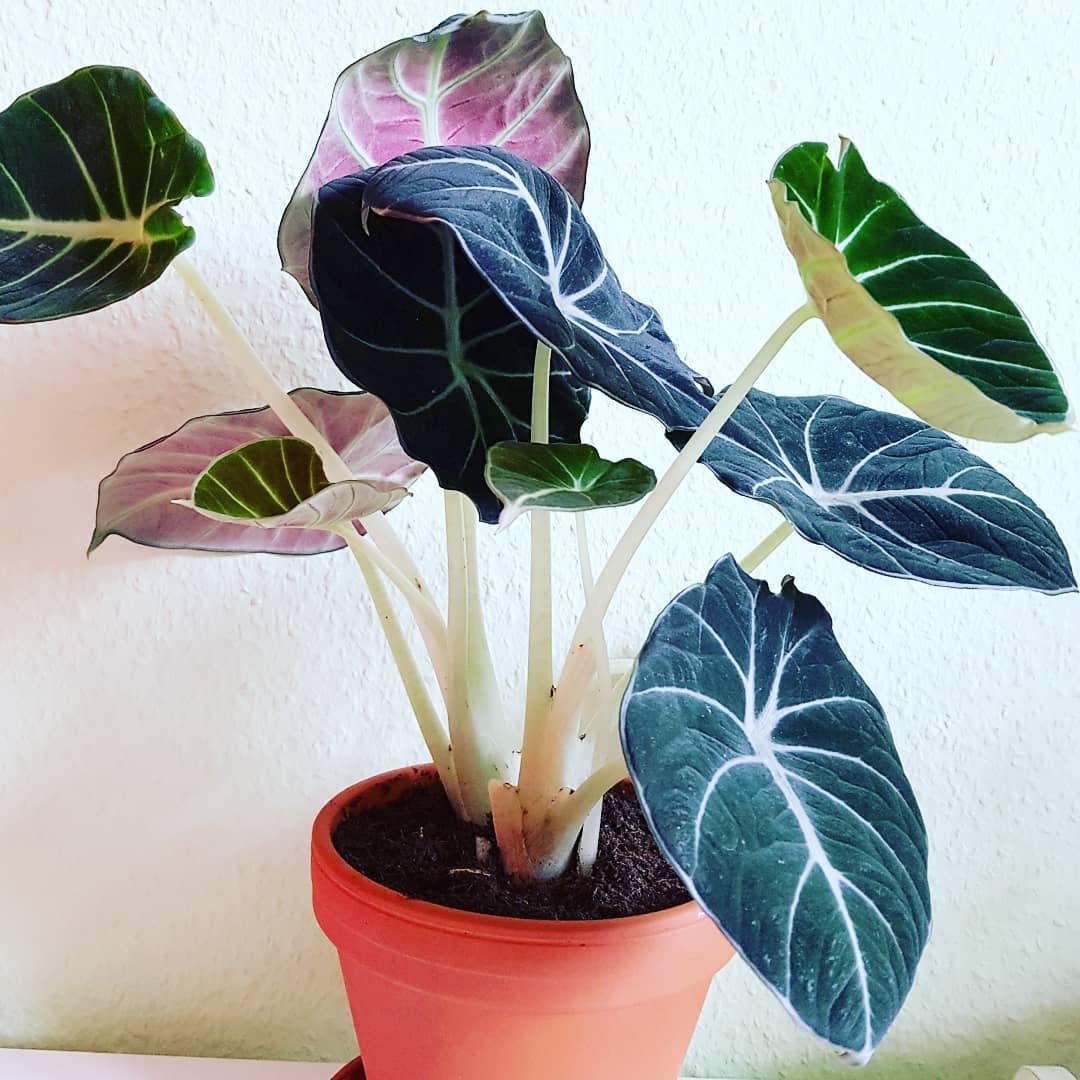
The Dino Plant is a special type of plant that can survive long periods without water. It’s called a resurrection plant because it can appear dead and dry, but come back to life when watered. This plant has been around since the time of dinosaurs, which is why it’s called a Dino Plant.
Unique Features of the Dino Plant
- Drought Tolerance: The Dino Plant can survive for years without water.
- Curls up when dry and opens when wet.
- Changes color from brown when dry to green when wet.
- Can live for over 100 years with proper care.
How to Grow Your Dino Plant
- Soil: Use a well-draining soil mix. You can make your own by mixing regular potting soil with sand or perlite.
- Light: Dino Plants like bright, indirect light. Avoid direct sunlight as it can burn the leaves.
- Water: This is the tricky part. Dino Plants don’t need much water. Here’s how to water them:
- When the plant is curled up and dry, place it in a shallow dish of water.
- Let it soak up water for a few hours until it opens up and turns green.
- Remove it from the water and let it dry out completely before watering again.
- Temperature: Dino Plants prefer warm temperatures between 60-75°F (15-24°C).
- Humidity: They don’t need high humidity, which makes them great for dry indoor environments.
- Fertilizer: Dino Plants don’t need much fertilizer. If you want to feed it, use a very diluted liquid fertilizer once or twice a year.
- Pot Size: These plants have small root systems, so they don’t need big pots. A small, shallow pot works best.
Caring for Your Dino Plant
- Drying Cycle: Let your Dino Plant go through regular drying cycles. This mimics its natural habitat and keeps it healthy.
- Avoid Overwatering: Too much water can cause root rot. It’s better to underwater than overwater.
- Pruning: Dino Plants don’t need pruning, but you can remove any dead or brown parts if you want.
- Propagation: You can grow new Dino Plants from spores, but it’s tricky. It’s easier to separate small plants that grow from the main plant.
- Winter Care: In winter, water less often and keep the plant in a warm spot.
Common Problems and Solutions
- Brown Tips: This usually means the air is too dry. Mist the plant occasionally.
- Not Opening When Watered: The plant might be too old or damaged. Try soaking it longer or replacing it.
- Mold Growth: This happens if the plant stays wet too long. Let it dry out completely between waterings.
- Pests: Dino Plants rarely get pests, but if you see any, wipe the leaves with a damp cloth.
Fun Facts About Dino Plants
- They’re not actually ferns, but a type of spike moss.
- Native to desert areas in Mexico and the southwestern United States.
- Used in traditional medicine by some cultures.
- Can survive extreme temperatures, from freezing to over 100°F (38°C).
Why Grow a Dino Plant?
- Low Maintenance: Perfect for busy people or those new to plants.
- Educational: Great for teaching kids about plant adaptations and prehistoric life.
- Unique Decor: Adds an interesting touch to any room.
- Conversation Starter: Your friends will be amazed by this “magic” plant!
Where to Place Your Dino Plant
- On a bright windowsill (but not in direct sun).
- In a terrarium with other drought-tolerant plants.
- On a desk or shelf as a unique decoration.
- In a child’s room as an easy-care, educational plant.
Dino Plants are fascinating specimens that bring a piece of prehistoric nature into your home. With their unique ability to “resurrect” from a dry state, they offer a captivating display of nature’s resilience. By following this guide, you’ll be able to grow and care for your Dino Plant successfully, enjoying its remarkable features for years to come. Remember, the key to a happy Dino Plant is mimicking its natural cycle of wet and dry periods. Happy growing!

